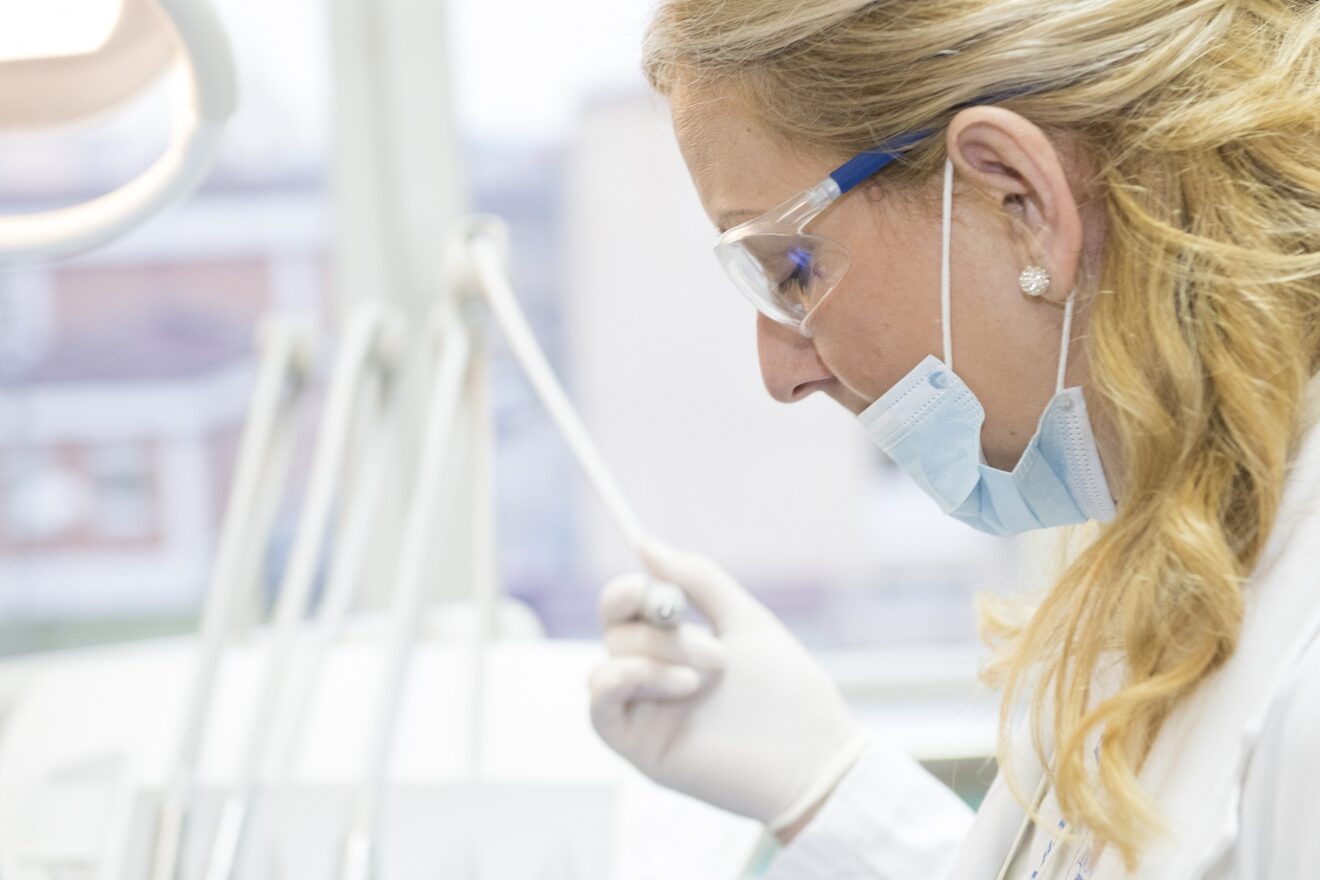Hospitals are hiring nurse scientists to help bedside nurses advance their careers, providing the education, training and support they need to conduct research, present their findings at national conferences and get published in peer-reviewed journals.
Hospitals benefit because often the research these nurses do is based on problems and needs they see every day caring for patients, and the best practices developed in the process can be implemented right back in the unit, improving outcomes and even lowering costs.
Nurse scientists are a small but growing niche in the nursing profession. Employed by a hospital or health system, these nurses hold doctorates and other advanced nursing degrees that are complemented by their clinical nursing experience.
“We’re tying in together the academic with the clinical world with these positions and using the best of both worlds to elevate the practice,” said Michelle Romano, chief nursing officer and vice president of patient care services at SSM Health Cardinal Glennon Children’s Hospital in St. Louis, the only hospital in the system to have a nurse scientist.
“Being able to have a nurse scientist was key in helping advance the nursing profession,” she said. “How can we take ourselves to the next level, improve patient outcomes, improve quality, patient experience, improve our employee engagement.”
Tifuh Amba, who holds two doctorates and has extensive clinical experience as nurse practitioner in critical care, is the nurse scientist at SSM Health Cardinal Glennon. She said she loved teaching but wanted to do more than be in a classroom. She also loved patient care and wanted to help promote nursing excellence at the bedside. It can be difficult for nurses in the clinical setting to also attend classes and do research.
“Nurses barely have time for a lunch break, let alone to get more education,” Amba said. “These nurses are treating people daily – bedside people do the work.”
The role of the nurse scientist is to bring that opportunity for learning into the hospital, where nurses can fit classes into their schedules. Twice each year Amba holds six-week classes for nurses to learn about evidence-based practice. They get help and mentoring to design and carry out research projects in their own units.
Amba also heads up monthly meetings to talk about research and the goals for the hospital, such as disseminating literature and having nurses attend conferences to present their studies.
Danielle Sarik is a nurse scientist and director of Nursing Research and Evidence-Based Practice at Nicklaus Children’s Hospital in Miami. She is a pediatric NP with a doctorate in health services who started nursing as a second career after working for a global health organization. Her job is to support clinical staff in their scholarship, including research, evidence-based practice and quality improvement.
She also works to develop the infrastructure for scholarship within the hospital, putting together protocols for studies and education programs for nurses, while making connections with regional nursing schools. She also has her own portfolio, so she applies for research grants and has received funding for two studies.
“The thing I really love about being a nurse scientist is you are so close to the clinical side and you really have that opportunity to make an impact,” Sarik said.
It can be years between when research is conducted and published and when changes are implemented at the bedside, she said. Having a nurse scientist as part of the hospital staff allows nurses to create studies, gather evidence and implement results quickly. “We’re changing practice in real time,” Sarik said.
Sarik meets with nursing staff and leadership to put together research abstracts and publish papers, works with hospital executives and educates nurses about research and writing for publication.
She said she “meets nurses where they are” to provide opportunities for those new to the profession as well as veteran nurses who already may have done research. She conducts an eight-month program where nurses complete an evidence-based project and get guidance through the research writing process.
“I do think that this role is growing and evolving,” Sarik said. “I think that’s part of the reason there is more of an interest, because people realize that there is so much you can do.”
What’s needed, Sarik added, is a supportive hospital administration and nursing leaders who understand the role of nurse scientists, the skill set and the importance of nurses engaging in scholarship.
“Research is a big part of taking the profession to the next level,” Romano said. “We see it in the medical side, and we wanted to bring that to the nursing side.”
Romano said this research element also is important to hospitals, such as Cardinal Glennon, that have achieved Magnet status because that designation comes with higher standards for nursing. She sees more institutions creating nurse scientist positions, if not teams, to help guide practice.
“I only see this growing,” Romano said.
